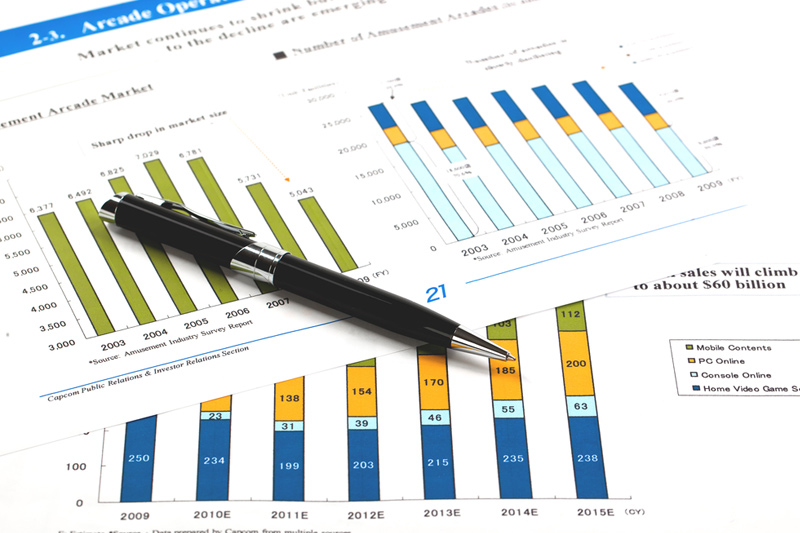The latest data on the US Services Purchasing Managers’ Index (PMI) has been released, revealing a stronger than expected performance in the sector. The actual number came in at 57.0, significantly surpassing the forecasted figure of 55.2.
The Services PMI, published monthly by Markit Economics, is based on surveys of over 400 executives in private sector service companies, including transport and communication, financial intermediaries, business and personal services, computing & IT, hotels and restaurants. The index level of 50 denotes no change since the previous month, while a level above 50 signals an improvement, and below 50 indicates a deterioration.
The current figure of 57.0 not only outperforms the forecasted figure but also shows an improvement from the previous month’s figure of 55.0. This indicates a robust and growing services sector, which is a critical component of the US economy.
A stronger than forecast reading is generally supportive (bullish) for the USD, and the latest data is no exception. The stronger than expected PMI reading has had a positive impact on the dollar, making it more attractive to investors.
The Services PMI is an essential economic indicator as it provides insights into the performance of the service sector, which constitutes a significant part of the US economy. The higher than expected figure suggests that the sector is growing at a faster pace, which is likely to contribute positively to the overall economic growth.
The latest PMI data is a positive sign for the US economy, showing that the service sector is robust and growing. This growth is likely to have a positive impact on the overall economy and could lead to increased business confidence and investment.
As the US economy continues to recover from the impacts of the pandemic, the higher than expected Services PMI provides a positive outlook for the future. It suggests that the service sector, a critical part of the economy, is on a solid growth trajectory, which is likely to contribute to overall economic growth and stability.
This article was generated with the support of AI and reviewed by an editor. For more information see our T&C.


